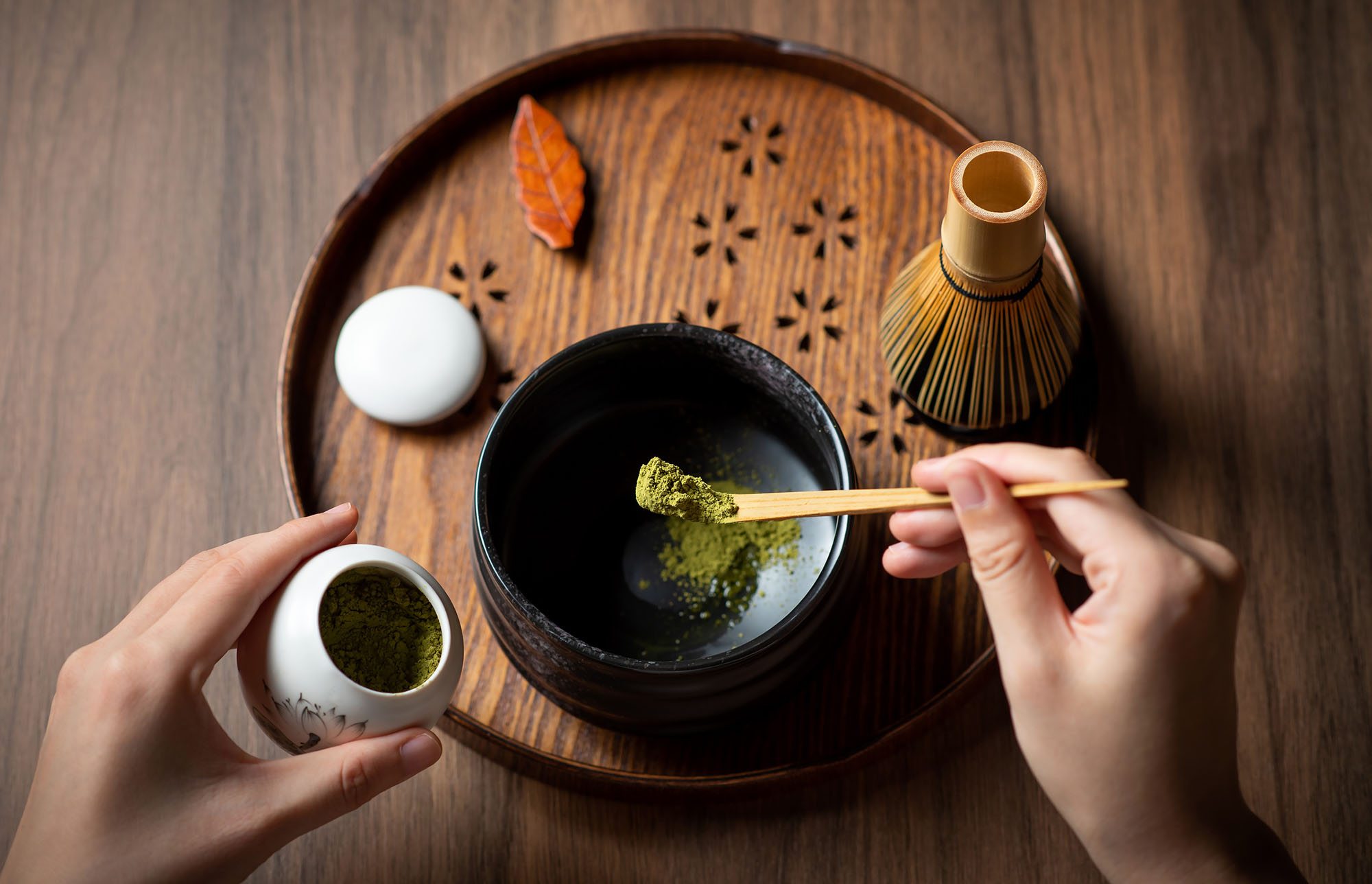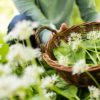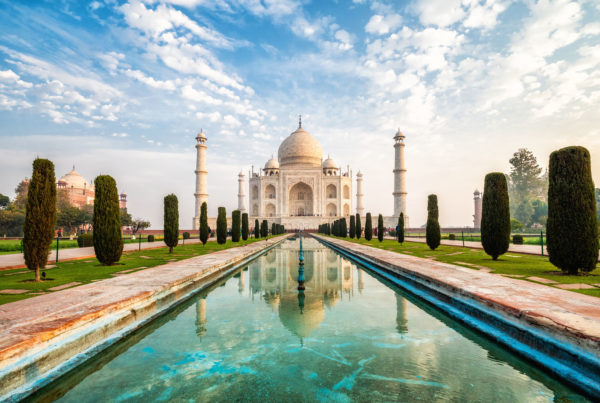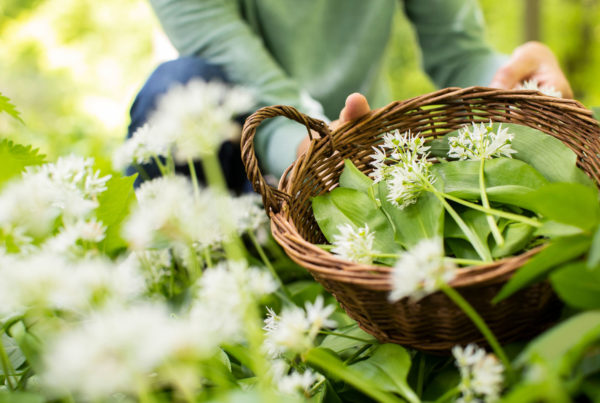Attending a traditional tea ceremony, while actually in the country of its origin, Japan, can be a very rewarding venture.
This ancient ritual is certainly worthy of being on any traveller’s bucket list who wishes to experience an authentic and historic practice. Also known as ‘Chanoyu’ or ‘Sado,’ it involves a certain level of etiquette, and there are rules to be followed.
Overall, it is a serene and gentle ceremony and every gesture has a meaning.
The Key Aspects of a Tea Ceremony
There is so much more to the ceremony than the actual act of drinking the tea. It starts with the venue, which will typically be approached through a garden setting. This is supposed to quieten your mind, putting you in a meditative state as you enter the Chashitsu tea room.
You could see a decorative scroll, which explains the ceremony, and a beautiful floral display. Some tea houses will require that you wear a kimono, and no jewellery or perfume.
How the Tea is Prepared
The philosophy of the tea ceremony is captured in four simple words: harmony, respect, purity, and tranquillity. As the tea master enters the room, bowing is a common courtesy, and you could initially be presented with a Japanese sweet.
The preparation of the matcha tea follows very specific rules, and it should be both a spiritual moment and a chance to admire the beauty of the ceremony.
The best place to experience a Japanese tea ceremony is in Kyoto, the ancient capital of the country. Be prepared for it to be a long, drawn-out ritual, perhaps not suitable for children, and you may have to remain in a kneeling position for some length of time.
These are minor inconveniences, compared with the sheer pleasure you will gain from this bucket list experience!











